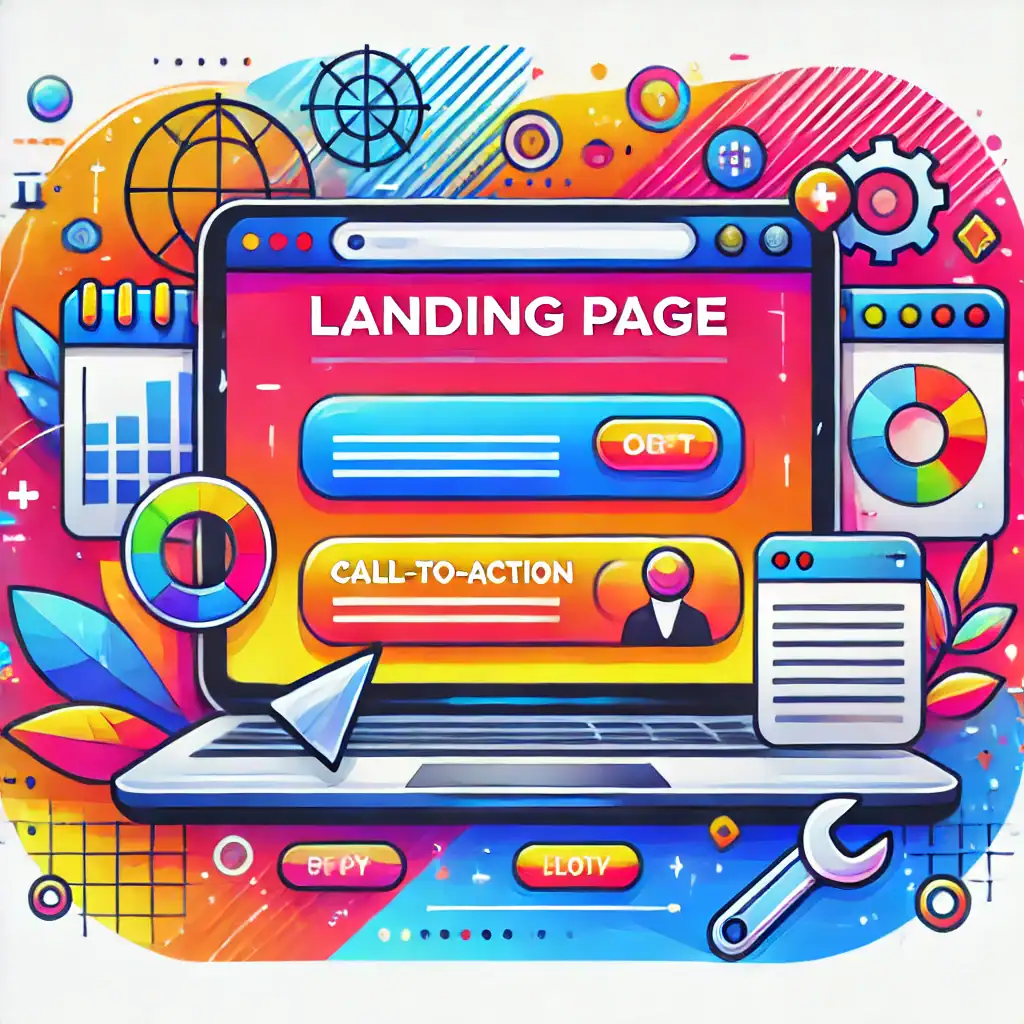When you first explore the idea of setting up a website or starting an online project, you’ll likely hear about something called a “landing page.” If you’re unsure what that means, don’t worry – I’ll explain it clearly, step by step.
A landing page is an essential part of creating an online presence, and understanding it can set you on the right path to success.

What Is a Landing Page?
A landing page is a single webpage designed with a specific purpose in mind.
Unlike a full website with multiple pages and menus, a landing page focuses on one clear goal. This could be encouraging someone to sign up for a newsletter, download a free resource, or make a purchase.
Think of it as the welcoming mat to your online offering – a space where people can take action without getting distracted by extra links or clutter.
Why Are Landing Pages Important?
Landing pages are effective because they make things simple for visitors.
By presenting a single call-to-action (often abbreviated as CTA), such as “Click here to get started,” they guide people towards a specific result. This focused approach often leads to higher success rates compared to general web pages that may try to do too much.
For instance, if you’re launching an e-book or promoting a service, your landing page becomes the go-to space where interested visitors can learn more and take the next step.
How to Use Landing Pages Effectively
If you’re new to this, creating a landing page might sound tricky, but it’s easier than you think.
Here’s how you can get started:
1. Decide on Your Goal
First, ask yourself:
What do I want this page to achieve?
Is it to collect email addresses, share information, or sell a product?
Once you’ve identified the purpose, everything else will revolve around it.
2. Create Simple and Clear Content
The key to a great landing page is keeping it straightforward. Use plain language, write short sentences, and focus on what’s important. For example:
- Explain the benefit: “Download my free guide to get started with gardening today.”
- Keep instructions clear: “Enter your email below to receive your free guide.”
3. Include a Call-to-Action
Your CTA is the main action you want visitors to take. It might be a button that says:
- “Sign Up Now”
- “Download for Free”
- “Get Started Today”
Make the button stand out with a bold colour and place it in an obvious spot on the page.

4. Use an Easy Design Tool
If you’re not a tech expert, there’s no need to worry. Platforms like Wealthy Affiliate or Canva provide user-friendly tools to design your landing page. These often include templates where you can add your text and images without needing coding skills.
5. Test and Improve
Once your landing page is live, see how it performs. Are people clicking your button or signing up? If not, you can adjust the text or layout to make it more engaging.
And Finally...
A landing page is a fantastic way to focus your website visitors’ attention on a single action that benefits both them and you. By understanding the basics and following these simple steps, you’ll be well on your way to creating a page that works hard for you.
Keep it clear, purposeful, and easy to navigate, and your landing page will become an invaluable part of your online presence.
Here’s a little transparency: My website contains affiliate links. This means if you click and make a purchase, I may receive a small commission. Don’t worry, there’s no extra cost to you. It’s a simple way you can support my mission to bring you quality content.

